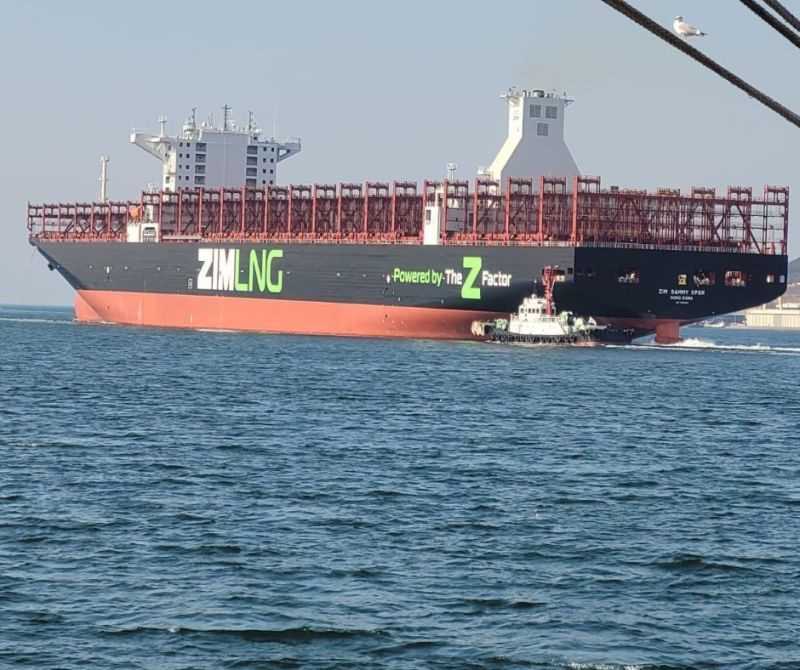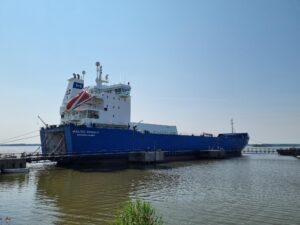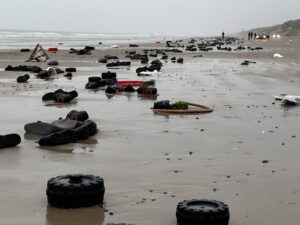
Photo credit: ZIM
Similar to other container liner companies that have shown the same pattern so far during the first quarter of 2023 with reduced revenues and profit, Zim books a net loss of $58 million compared to a net income of $1,711 million in the same period last year.
Israel´s Zim container liner shipping company blames the significant decline in freight rates and weak demand, particularly in the transpacific trade, that began last year.
According to a statement on the quarterly report, the company´s adjusted Ebitda for the first quarter was $373 million, a year-over-year decrease of 85%, while revenues were $1,374 million, a year-over-year decrease of 63%.
The company reported total revenues of $1.37 billion for the first quarter of 2023, compared to $3.72 billion for the same period last year.
Operating loss (Ebit) was $14 million, a dramatic reversal compared to operating income of $2,243 million for the first quarter of 2022, resulting mainly from the decrease in freight rates as well as carried volume.
The New-York listed company expects in 2023 to generate adjusted Ebitda of between $1.8 billion and $2.2 billion and adjusted Ebit of between $100 to $500 million in light of its expectation for improvement in market conditions during the second half of 2023, despite the macroeconomic and industry headwinds.
Eli Glickman, ZIM President & CEO, pointed out that “while the near-term outlook for container shipping remains challenging, the proactive steps we took during the preceding highly lucrative market period better position us now to meet these challenges and we believe our differentiated strategy will ultimately deliver sustainable value for shareholders over the long term.”
Mr. Glickman added, “with a focus on enhancing our commercial and operational resilience, we adapted our vessel sourcing strategy to improve our cost structure with the addition of fuel-efficient newbuild tonnage that will overhaul our fleet profile, as well as advance our ESG goals. These include ten 15,000 TEU dual-fuel LNG vessels, which are ideally suited for our core Asia to US East Coast service, and 36 smaller, more versatile vessels, 18 of which are also dual-fuel LNG, that will enable ZIM to operate a fleet best suited for our trades and services.”


